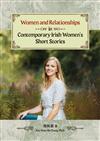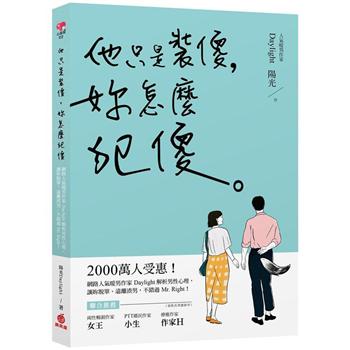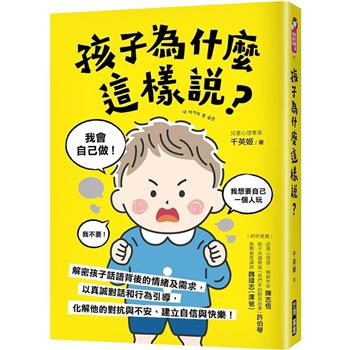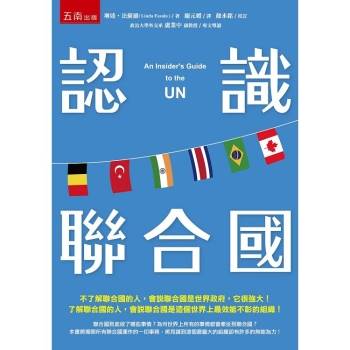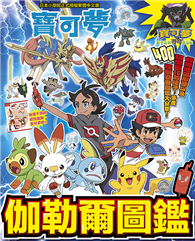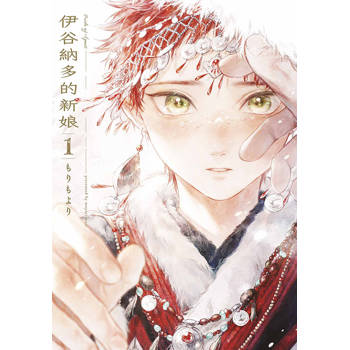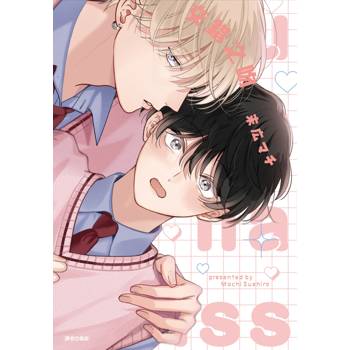This book examines archetypal motifs related to aspects of human relationships in contemporary Irish women's short stories from the late 1960s to the present. These relationships examined embrace not only relationships between men and women, as married couples and lovers, but also women to women relationships as mothers, daughters, sisters or lovers. This book has uncovered certain recurrent motifs which may be construed as archetypal and are employed as a narrative device to express a certain level of feminist awareness by Irish female writers in their stories against the backdrop of Irish feminism emerged in the late 1960s.
This feminist aspect of Irish women's stories appears to address the paradoxes of patriarchal ideology underlying male domination in male/female courtship and marriages, the conflict between patriarchally loyal mothers and rebellious daughters, powerless, but rival, female siblings and peers competing for limited resources and male attention under the Father's law. Motifs of resistance and subversion serve in these stories as metaphors unveiling female protests against an ideology which defines and confines women in the Irish patriarchal context.
This book demonstrates a process of transition during which Irish female writers progress from the depiction of women who struggle and fight against unfairness and distortion within an ‘androcentric’ culture to a new direction in which such writers describe a situation where women recognise the internalisation of the ‘false consciousness’ of patriarchy and, out of this recognition, may be eventually able to develop further their sense of self and individuality. The archetypal motifs in Irish women's stories also illustrate a kind of continuity of an ancient female archetype of female rebellious powers which in female literary imagination never ceases to resurface in the face of patriarchal suppression.
作者簡介:
Ann Wan-lih Chang(張婉麗)
Ann Wan-lih Chang, was born in Taipei and currently lives in Kaohsiung. She received her M.A. at the Queen's University of Belfast in 1997 and her Ph.D. at the University of Ulster in 2006. Her major fields of study and research are contemporary Irish women's writing, the short fiction genre, discourse of stereotypes and archetypes in literary texts. Currently she is the assistant professor of the Department of Applied English at Shih-chien University, Kaohsiung Campus.
章節試閱
Since the advent of second wave feminism in the 1960s contemporary Irish women's writing has become an increasingly vivid and important facet of Irish literature. Many Irish women have chosen to write for the modern media in the form of journalism, magazine articles, television drama or radio broadcasts, in order to reach a broad readership and gain publicity.1 They also have chosen to work in a variety of literary genres, particularly the novel and the short story. There have been some notable, if gradual, changes in many aspects of Irish women's roles and lives in general since ‘the other voice’ emerged in Irish society in the aftermath of the Eamon De Valera period in the 1960s. It is evident that many contemporary Irish women's short stories reflect some of these changes in Irish women's lives. It is also the case that some Irish female writers are active feminists or have been engaged with the women's movement; consequently, their literary works tend to be ‘gynocentric’ and consciously concerned with feminist issues. For example, one of the foremost activists of the women's movements among Irish female writers is Mary Dorcey. Dorcey is also one of the founder members of Irish women's organisations such as the Irish Gay Rights Movement (founded in 1974) and Irish Women United (founded in 1975). Other Irish female writers such as Maeve Kelly and Evelyn Conlon are also feministconscious as regards women's rights. Their short stories explicitly uncover female unrest in the face of prejudice as well as giving voice to the feminist outcry for justice. Generally speaking, there is a wide range of writing styles as well as choice of topics and representations of Irish women in short stories by contemporary Irish female writers. Some Irish women's stories, such as those by Éilís Ní Dhuibhne and Marilyn McLaughlin, appeared in the late 1990s and after the millennium, and consequently present assertive and independent female characters. The characterisation in these stories is in many ways in stark contrast to that in stories by earlier generations of writers in the 1980s and before like Edna O'Brien, Mary Lavin or Clare Boylan, which tend to unveil critical perspectives on women's issues through portraits of victimised women who are usually shown as powerless and tragic. 2 There appears a noticeable difference in the ways in which different generations of Irish female writers have represented Irish women, from women who were portrayed as being victimised to those who have gained their self-esteem and independence in different Irish social and historical contexts. Thus, contemporary Irish women's short stories appear to encourage a critical or feminist reading so as to challenge or subvert traditional patriarchal values and views regarding Irish women, as well as various related gender issues. It is therefore important to contextualise the effects of women's movements upon the depiction of Irish women in Irish women's writing during the past four decades.
The focus of this book is the short story form as written by Irish women during the period from the late 1960s to the present, concentrating on the representation of women's relationships, between lovers, mothers and daughters, among sisters, and the dilemmas that arise within these relationships. It is evident that many Irish women's short stories prominently focus on human relationships. Human relationships obviously play a central role in humans' lives. Human beings are associated with or identified by a variety of forms of social relationships
between them in societies. ‘The woman question’ is also largely associated with human relationships because any form of relationship, separate from the biological imperative of reproduction, is socially constructed to designate roles for people according to the structure and the system of the particular society. Irish female writers tend to reflect, in a realistic way, ‘flesh and blood’ issues (even when they rely on traditional romance themes) which link people in a social network of interactions during a period of economic, as well as social, upheaval in Ireland. The core of this book aims to analyse those relationships which are presented through ‘archetypal’ motifs, which reflect overtones of feminist awareness within the patriarchal contexts of contemporary Irish women's short stories. Here the term ‘archetypal’ refers to a broad recognition of recurrent patterns in literature as theorised by feminist scholars such as Estella Lauter and Carol Schreier Rupprecht or Annis Pratt, and to those patterns which have been studied to reveal a particular phenomenon in certain cultural contexts, namely, for the purpose of this book, the context of sexual politics. The definition of ‘archetypal,’ which originates from the term ‘archetype’ as conceived by Carl Jung, will be elaborated upon in a later section of this chapter. Firstly, however, it is essential to understand the role of women’s writings in the Irish contexts.
Since the advent of second wave feminism in the 1960s contemporary Irish women's writing has become an increasingly vivid and important facet of Irish literature. Many Irish women have chosen to write for the modern media in the form of journalism, magazine articles, television drama or radio broadcasts, in order to reach a broad readership and gain publicity.1 They also have chosen to work in a variety of literary genres, particularly the novel and the short story. There have been some nota...
目錄
Acknowledgements
Abbreviations
Prologue
1. Pursuit, Submission and Subversion in Love and Marriage
2. Resistance Between Mothers and Daughters
3. The Ambiguity and Ambivalence of Sisterhood
Epilogue
Appendix: Alphabetical List of Short Stories
Bibliography
Endnotes
Acknowledgements
Abbreviations
Prologue
1. Pursuit, Submission and Subversion in Love and Marriage
2. Resistance Between Mothers and Daughters
3. The Ambiguity and Ambivalence of Sisterhood
Epilogue
Appendix: Alphabetical List of Short Stories
Bibliography
Endnotes
